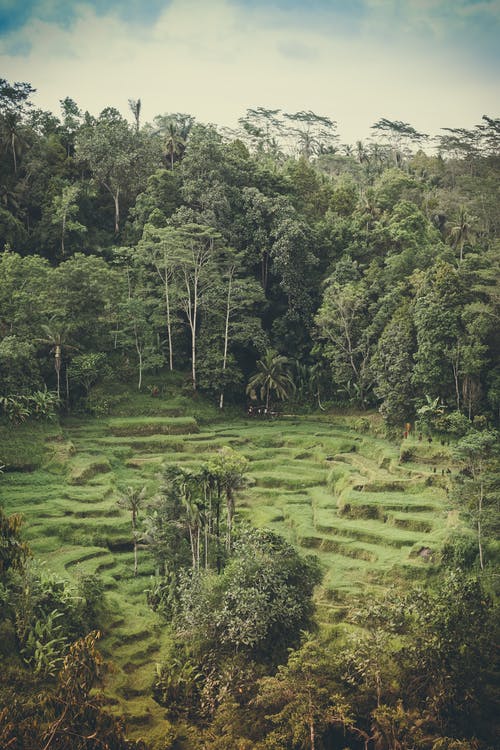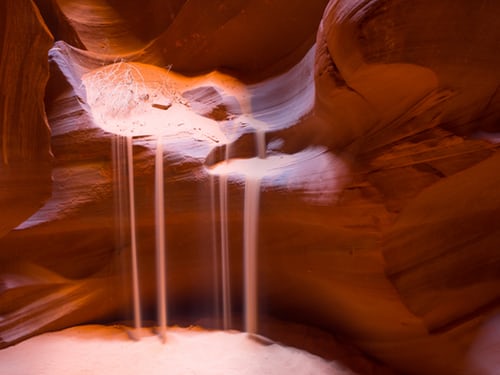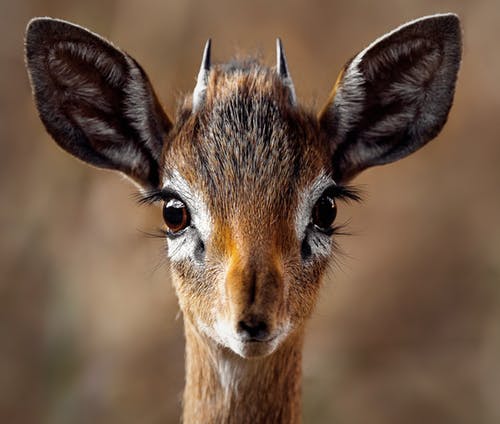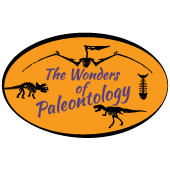This is just a small sample of what these incredible scientists have to know minimally to do their jobs. The bold-face type is specialties that branch off the main science.
The primary purpose of this page is to show students some of what is available in Paleontology that might interest them to pursue a career in which a lifetime of discoveries can be made.
Paleobiology or Geobiology

| Invertebrate Paleozoology-studies animals without backbones such as bivalves, trilobites, crinoids & corals. | Vertebrate Paleozoology– studies animals with backbones such as fish, mammals, reptiles and dinosaurs, & birds Paleoanthropology– studies ancient hominins (humans) |
| Paleobotany- studies the earliest algae-like cyanobacteria to vascular plants like Cooksonia and trees like cycads Paleoxylology-studies fossil woods Fossils resins– amber and copals | Micropaleontology– studies organisms that can only be seen with a microscope. It includes bacteria, protists, foraminifera, diatoms, shells, skeletons, and teeth. Paleopalynology studies pollen, spores, and certain microscopic plankton fossils to study past environments. |
| Paleoichnology- aka Trace fossils-studies fossils of ancient animal movement and behavior such as footprints, burrows, nests, excrement, borings, and stromatolites-fossilized algal mats. | Paleopathology– studies the diseases and injuries of ancient animals and plants such as stress fractures which were prevalent in therapods like Tyrannosaurus rex. |
| Molecular Paleontology– recovers and analyzes the DNA, lipids, carbohydrates, and products produced after burial (diagenetics)of ancient life. Paleobiochemistry-detects and analyzes molecular-level evidence of microscopic and macroscopic ancient life. | Taphonomy studies the post-mortem history of a fossilized organism to gain insight on how it lived and died as well as the environment in which it lived. Evolutionary Development Paleontology aka “evo-devo”-researches & compares the developmental processes of different organisms to figure ancestral relationships. Cladistics and phylogenetic trees are part of this science as well. |
Paleoecology

| Paleoecology-studies the interactions between organisms discovered and their environments across the geologic timescales. An early part of this science was the visual reconstructions of the ancient animals in their marine and terrestrial environments. | Paleoclimatology-studies the predominant atmospherical and environmental conditions pf prehistoric past using clues available such as tree rings, sediment, glacial, and ice core samples. |
| Paleogeography-studies the distribution of organisms across the Earth’s surface and why they change through geologic time. | Paleopedology– studies ancient soils called paleosols of past geologic eras to understand the ecology and evolution of ancient ecosystems. |
Biochronology & Biostratigraphy

Biochronology “lifetime study” Using fossils, the connection between biological events in time are studied. There are “timelines” of collections of land mammal ages that have been laid out for each continent except Antarctica. Referred to as ages, intervals, or stages (in biostratigraphy)these collections were established using the geographic names where the fossils were found. Each age has a first (start)/ last (end) time where a particular mammal in the collection was first discovered and then a “last seen” date.
The Land Mammal Age Timescales are available on the buttons below:
NALMA– North American Land Mammal Age – Begins after the Cretaceous-Paleogene extinction at approximately 66 Ma continues to Present.
SALMA– South American Land Mammal Age-Begins with the Early Paleocene 64.5 Ma- to 11,000 years ago in the Late Pleistocene.
ELMA– European Land Mammal Age- Begins with the Early Paleocene 65.5 Ma to 2.588 Ma in the Early Pleistocene.
ALMA– Asian Land Mammal Age- Begins with the Late Paleocene 58.7 Ma to 23.03 Ma in the Early Miocene.
Australia and Africa are not quite finished yet.

Biostratigraphy uses the principles of stratigraphy in geology to study life and the clues in the strata or layers of sedimentary rock to better understand the fossils found. Biostratigraphy is also a form of relative dating in those organisms found in the lower levels of strata that are said to be older than those in higher layers. Index fossils such as ammonites found within the strata also give an age and time range.
